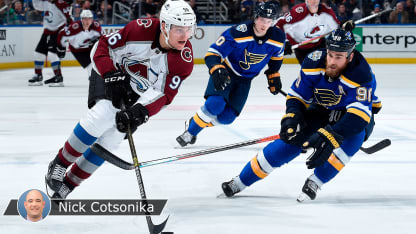NHL, NHLPA united by 'common spirit' in forging Return to Play Plan
League, players' union praise collaboration that also yields CBA extension

Gary Bettman discusses return to play and new CBA
League, players' union praise collaboration that also yields CBA extension

Gary Bettman discusses return to play and new CBA